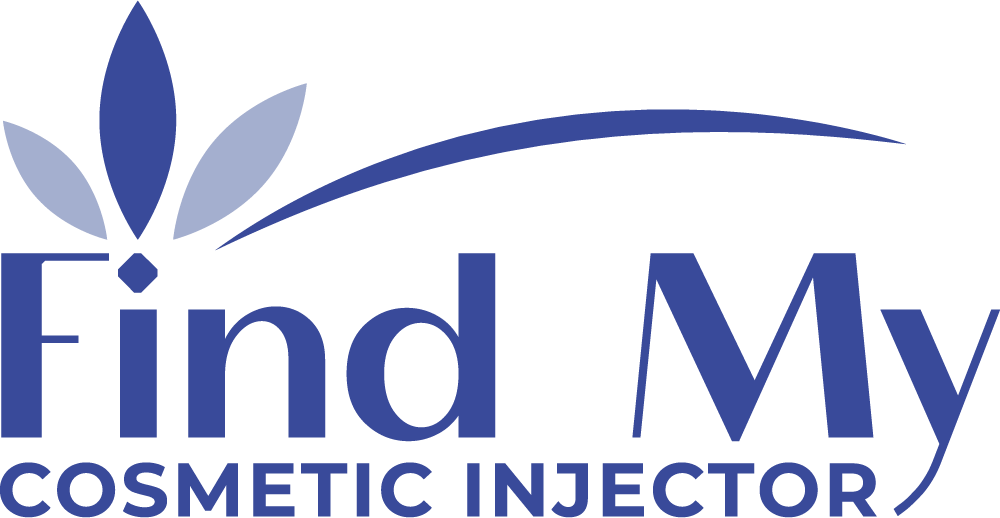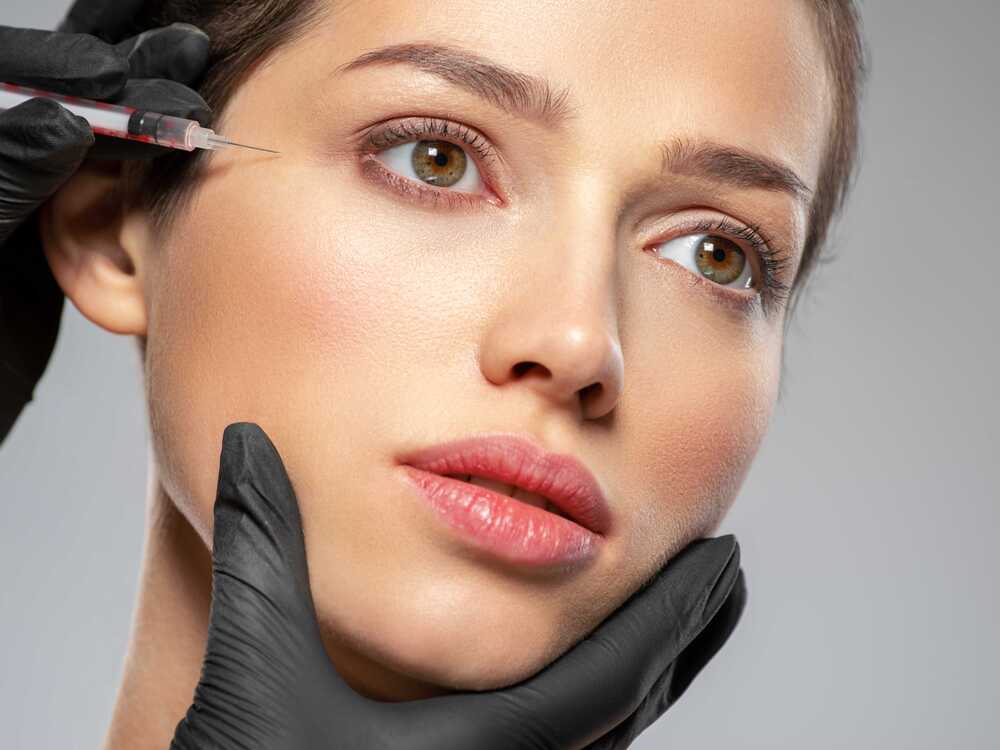Xeomin
These days, Botox is everywhere and has developed a distinctive reputation in U.S. culture. While it is only a brand name for a particular procedure, the term “Botox” has become synonymous with its aftereffects. When people think of Botox, they think of facial injections designed to smooth facial wrinkles and improve your appearance.
Unfortunately, they may also think about embarrassing side effects and long recovery periods. In cases of improperly executed Botox procedures, side effects often include abnormal facial stiffness or worse. Luckily, such side effects can often be attributed to the Botox provider–not the product itself.
Unfortunately, they may also think about embarrassing side effects and long recovery periods. In cases of improperly executed Botox procedures, side effects often include abnormal facial stiffness or worse. Luckily, such side effects can often be attributed to the Botox provider–not the product itself.
Many people don’t realize that there are botulinum toxin alternatives to the almighty Botox. In fact, one has been on the market for a while and is relatively well-known and trusted: Dysport. But another is just starting to make waves in the botulinum injection world. Xeomin, a new option, has arrived on the scene and appears to be a worthy competitor to Botox.
Xeomin is sometimes called “naked Botox” in Hollywood circles, where it is beginning to catch fire. The nickname came about because Xeomin is essentially a purer form of Botox that doesn’t result in unsavory side effects.
Read on to learn more about this up-and-coming skincare product.
What is Xeomin?
Like Botox and Dysport, the single active ingredient in Xeomin is botulinum toxin type A (incobotulinum toxin A). To anyone who is out of the loop about Botox, it may at first sound strange to be injecting anything labeled as a toxin into one’s face. However, the injection of small amounts of this toxin in the right facial areas serves a practical and harmless function.
The toxin, which comes from the bacteria that cause botulism, also blocks nerve signals in the muscles at the injection site. That blocking action temporarily reduces muscle activity and induces relaxation, smoothing out the skin.
What Are its Benefits?
The relaxation of muscles that’s induced by botulinum toxin has a few possible benefits. Those who seek injections such as Botox or Xeomin (or receive a recommendation for them from their doctor) often fall into two categories: they are either looking to use it for cosmetic purposes, or to address a medical problem.
When it comes to cosmetics, relaxing muscles in the face through botulinum injections can also dramatically reduce the appearance of wrinkles and other imperfections. In addition, healthcare providers can utilize Xeomin to treat medical conditions that involve overly tight muscles.
What Are its Benefits?
One of the most considerable risks to using Xeomin is simply that the contents of the injection could spread beyond the target area, causing problems along the way. This disbursement could result in something minor like paralysis of the wrong facial muscles, but it could also cause something much more grievous. In the most severe cases, patients can experience problems breathing and swallowing.
Other potential risks and side effects include:
- Bleeding
- Bruising and pain at the injection site
- Allergic reactions (itching, swelling, and shortness of breath)
- Neck pain
- Muscle weakness
- Dry eye
- Dry mouth
- Headache
- Visual impairment
- Eyelid sagging
Conditions Treated by Xeomin
Doctors diagnose blepharospasm when someone has uncontrolled, prolonged, or chronic eye-twitching. Xeomin injections can effectively treat this condition, though it has no cure.
Like blepharospasm, involuntary muscle contractions are also what define cervical dystonia. In this case, however, the contractions occur in the neck muscles, which can cause one’s head to twist, turn, or tilt painfully.
Xeomin vs. Botox
Similarities Between Xeomin and Botox
At face value, Xeomin and Botox appear to be almost identical drugs with indistinguishable effects. After all, the primary ingredient is the same for both types of medicine: botulinum toxin A.
But there are even more similarities that Xeomin and Botox share. They are both equally applicable for many of the same conditions.
Whether the problem is cosmetic or medical, your doctor or dermatologist can recommend either Xeomin or Botox for on-label and off-label purposes. Like Botox, Xeomin is also FDA-approved to treat blepharospasm, cervical dystonia, fine lines, and moderate to severe frown lines between the eyebrows.
Differences Between Xeomin and Botox
What truly distinguishes Xeomin from Botox is the fact that Xeomin contains no additives. Botox, on the other hand, contains inactive accessory proteins. These proteins don’t to contribute to the functionality of the product and may produce undesirable effects.
Since Xeomin is a purified version of botulinum, many people in the botulinum injection business believe that it presents less risk for antibody development in patients. Antibodies made in response to the drug can diminish the effects of consecutive injectable Botox treatments over time.
Frequently Asked Questions
Because Xeomin is so new, prices can vary. It can be challenging to quote what the standard cost may be. That said, its price is likely to be comparable to that of Botox, or even slightly lower.
The effects of Xeomin injections should materialize within three to seven days. Results can last anywhere from two to four months. Individual age, health, and skin quality factors into how well and how long the injections work.
Xeomin’s popularity is exploding because it’s a good candidate for treating everything Botox typically treats and because it works just as well, if not better. Xeomin may even be a superior product to Botox thanks to its lack of additives–extra ingredients can hinder long-term effectiveness.
The process of receiving Xeomin injections should be relatively quick and straightforward. Your healthcare provider will numb the injection site, though you still might feel a minor pinch with each shot. After your appointment, you should be able to go about your day as you would anyway.
Conclusion
In an injectables industry that has remained relatively stagnant for many years, Xeomin has proven to be a welcome botulinum toxin type. Finally, a new option exists for those who would otherwise turn to Botox or Dysport. Xeomin’s purity, or “nakedness,” may make it more effective for those who dislike Botox and Dysport.
At the very least, patients who need injections of botulinum toxin A can trust that Xeomin is just as safe and effective as Botox, Dysport, or any other injection product on the market.

